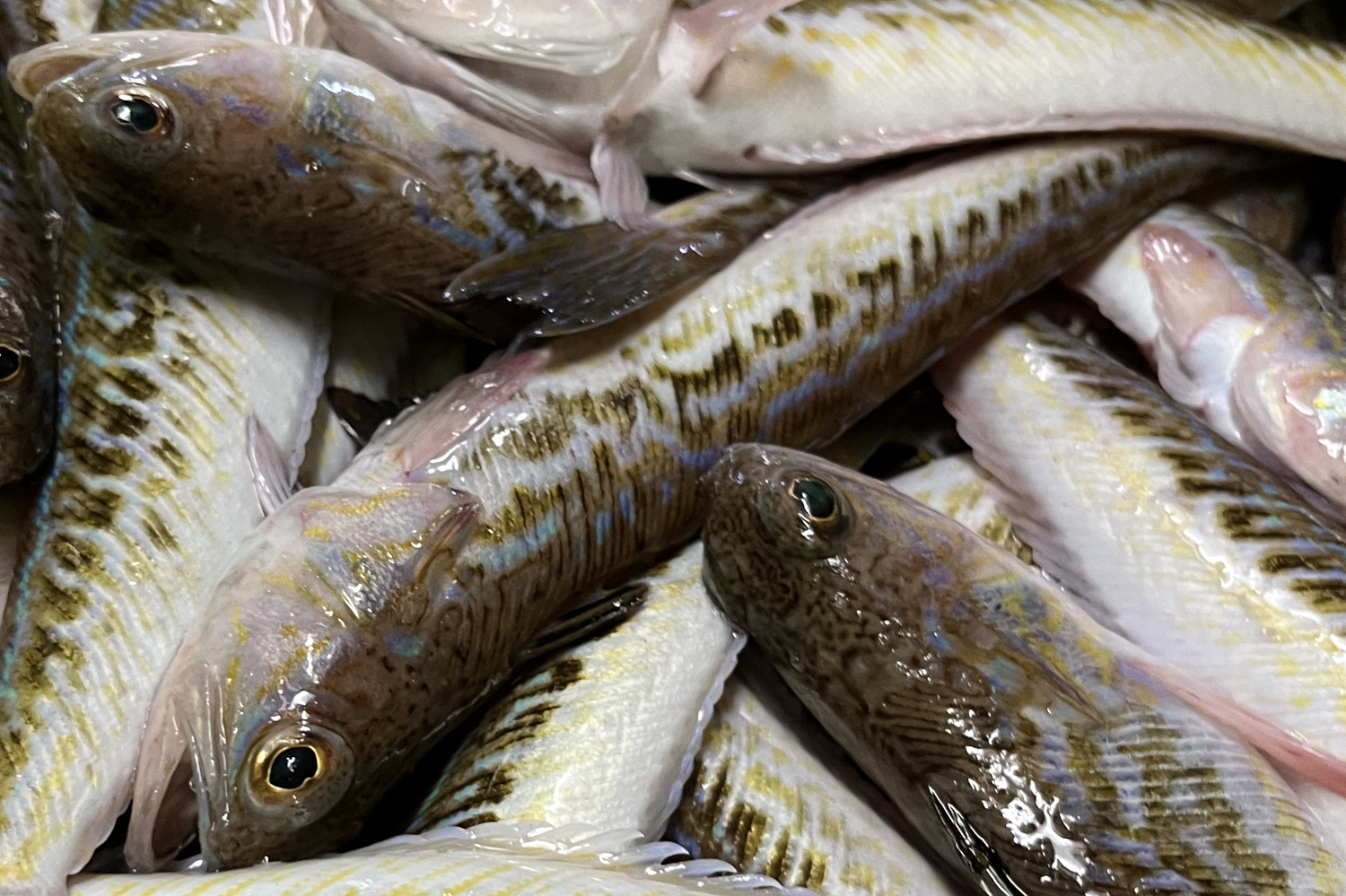
- This summer we haven't seen too many jellyfish on our beaches. But hundreds of people have been served in the Cantabrian posts, from Galicia to the Basque Country. Jellyfish? No. Portuguese Carabelas then? Neither. On this occasion, fish stingers have been the nightmare of many people who have walked along the water shore. And jellyfish bites have more than doubled in the last quarter of this year.

Wild boar (Trachinus draco)
GROUP: Vertebrate/Fish.
SIZE: 25-30 cm. Older adults can reach 40-50 cm and 15 years of age.
WHERE DO YOU LIVE? Benthic species inhabiting on sandy seabed. Although it is usually close to the coast, you can also live about 300 meters deep. It lives in the Eastern Atlantic Ocean, the Black Sea and the Mediterranean Sea.
What do you eat? Seabed crustaceans and small fish. Most of the time they hunt at night.
LEVEL OF PROTECTION Not protected.
The wild boar is a known species on the coast, but it gradually becomes more known for its influence on the beaches. It has been living on our coast for a long time, and it is a sign of that that that is the vast nomenclature of this species: koxka (why? ). ), pen, hondarribi, salve or salbario… If it’s not so common in fishmongers, it’s probably because the fishermen would have booked it for them. Moreover, although artisanal fishermen often catch them in their daily catches, it should be borne in mind that in most cases they catch them in small quantities.
The wild boar inhabits sandy bottoms, usually close to the coast. It's usually half covered in the sand, often mimicked by the color of the sand, so it's not seen by the dams. Thus, when passing through his mouth small fish, shrimp or other crustaceans, he suddenly devours them with a rapid movement of the mouth (like the toads). It has a long, narrow body, with eyes very close together and on the top of the head. Its color is turquoise, but as it takes it and pulls it out of the water it becomes smoother. It has a yellowish and whitish belly, with blue stains -- from there, perhaps, the name "belly" in different Biscay localities.
In any case, the most characteristic sting of this species is the most poisonous sting. On the one hand, the most dangerous sting can be given with the edge thorn of the opércles on each side, for which the fish thread its body and can give rapid beats. The fishermen know that care must be taken when disengaging the bait or net boar. On the other hand, in the first fin (the dorsal fin) above the head, they have poisonous needles, usually black, of different size. These are the indicators of black dots that, if we're lucky, we'll be able to tell when we're in the sand. Its function is easy to understand: What would we do if, being a sword, we came over a giant's leg? Defending – even if it sounds like a lie – here we are talking about marine ecology. That is precisely the strategy that this fish has to deal with the threats of the great predators; to tighten the stingstones of the dorsal fin. They are therefore not dangerous by themselves and, in most cases, they escape. If we walk barefoot through the sand dragging our feet, we're likely to be safe from them; and they're safe from ourselves.
In the worst case scenario, it is best to go to experts to relieve as soon as possible the damage caused by neurotoxins. Otherwise, it also helps to keep the affected area in very hot water - almost to the roast as much as possible - for 30 minutes. And never rub.
The bite will make it difficult for many to depict the fish on the plate. But while the wild boar is not so abundant in fishmongers, it should be noted that it is one of the most important species in the catch of people who dedicate their free time to recreational fishing in the Basque Country. And those who are in it will know something.
If it is available, then remove fear and do not miss the opportunity. If we bring it home completely, take it by the sides (looking at the thorns), cut the head with the scissors, from the anus, behind the opéracles, until the poisonous dorsal fin is removed over the head. A single cut, ready. From there prepare yourself as if it were an anchovy or slices. Try and understand why it's not so common in fishmongers. And if there are kids nearby, they try it too. After exposing its characteristics and peculiarities, if possible. What do you not like? See if it is with mayonnaise or with lemon. Guess what?